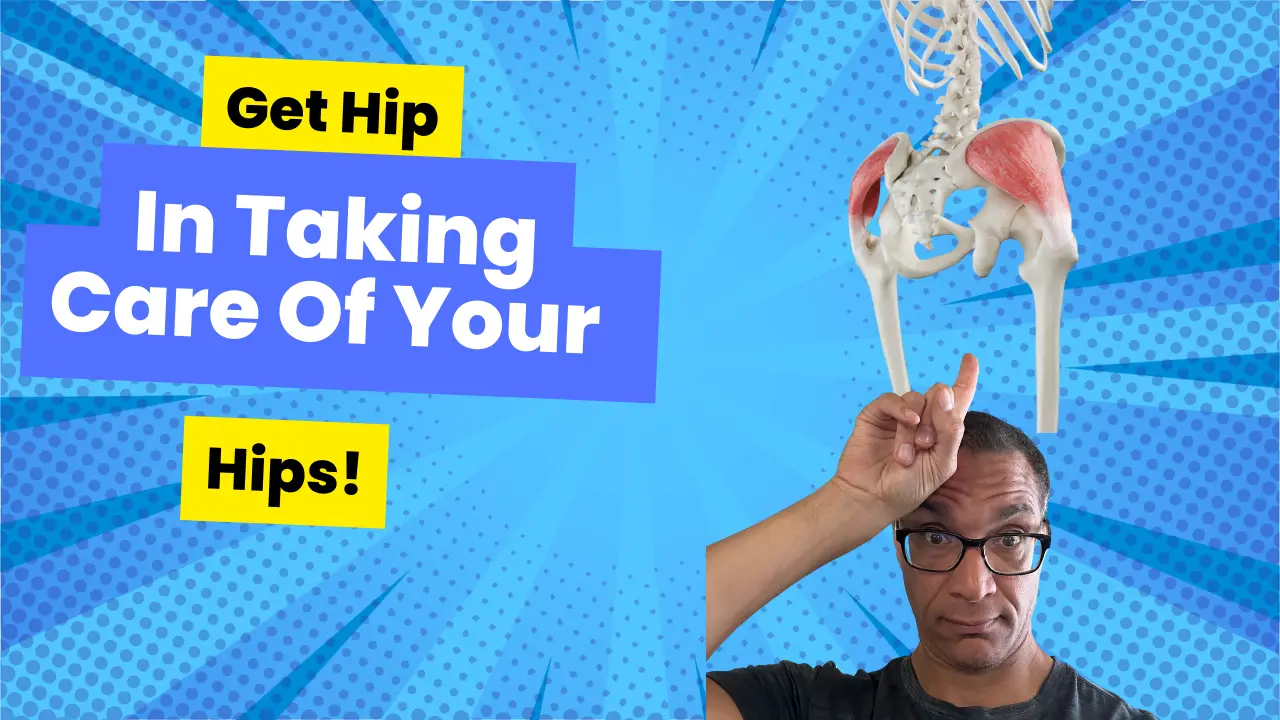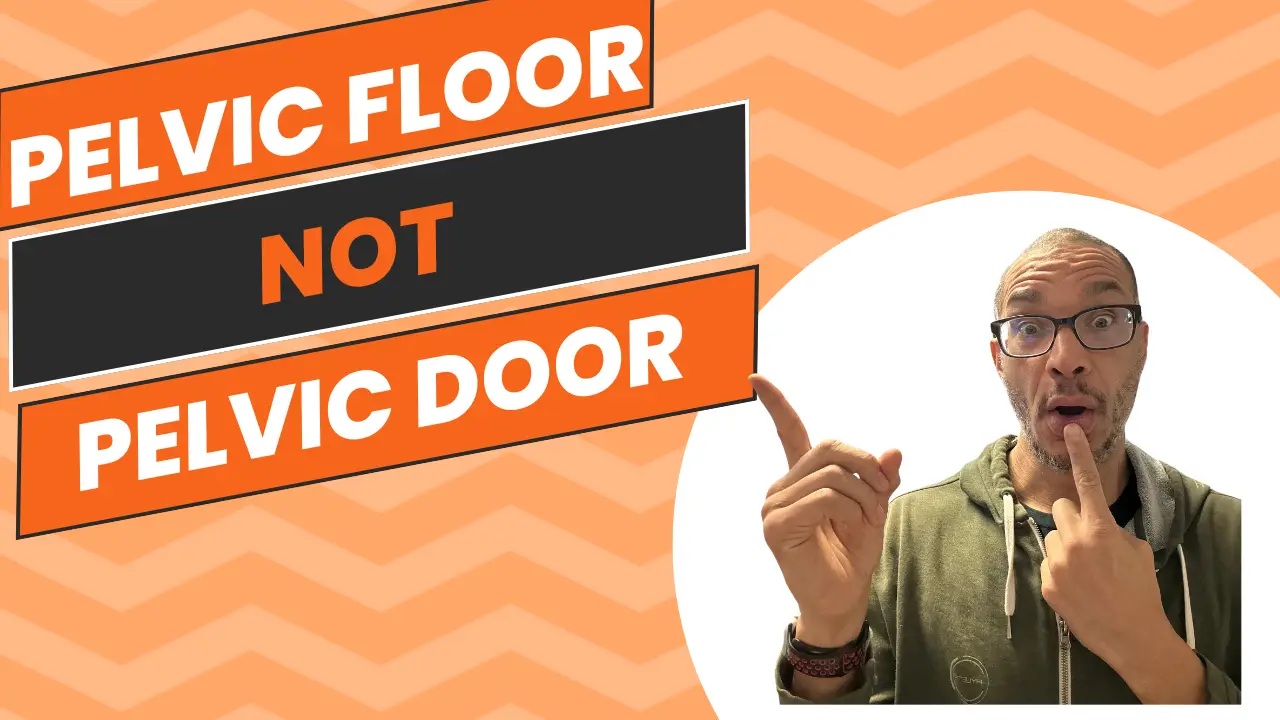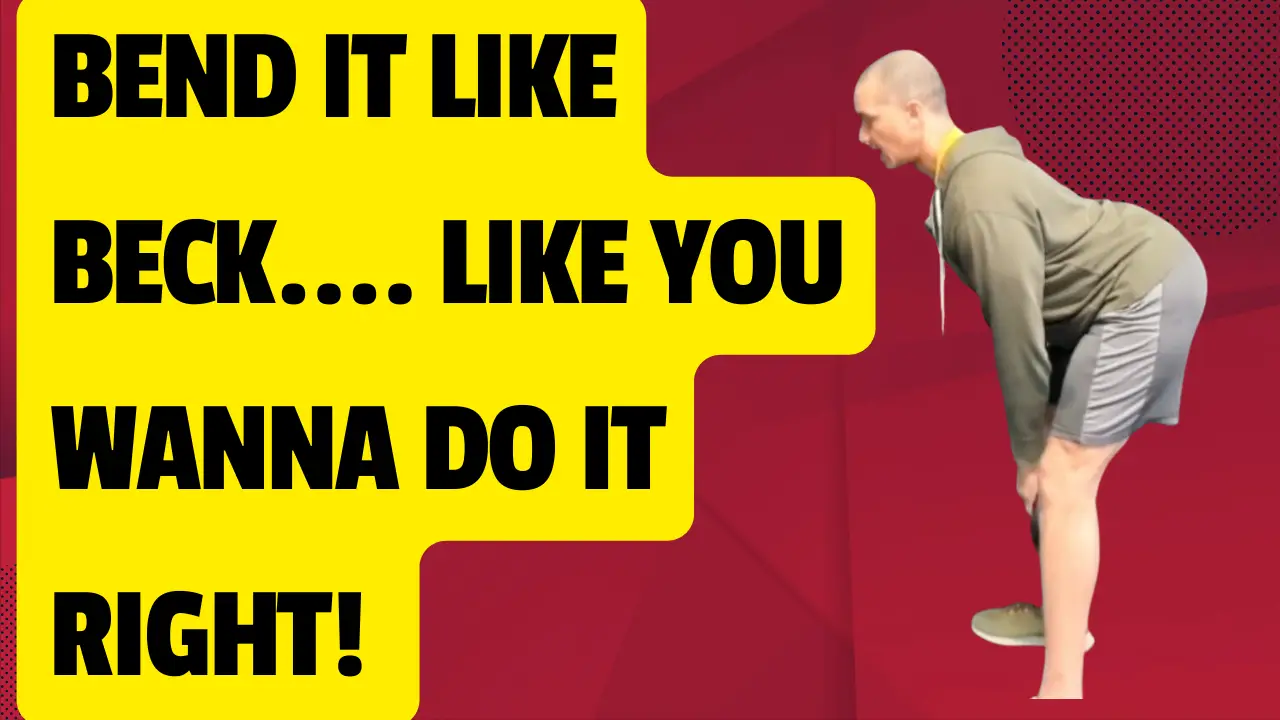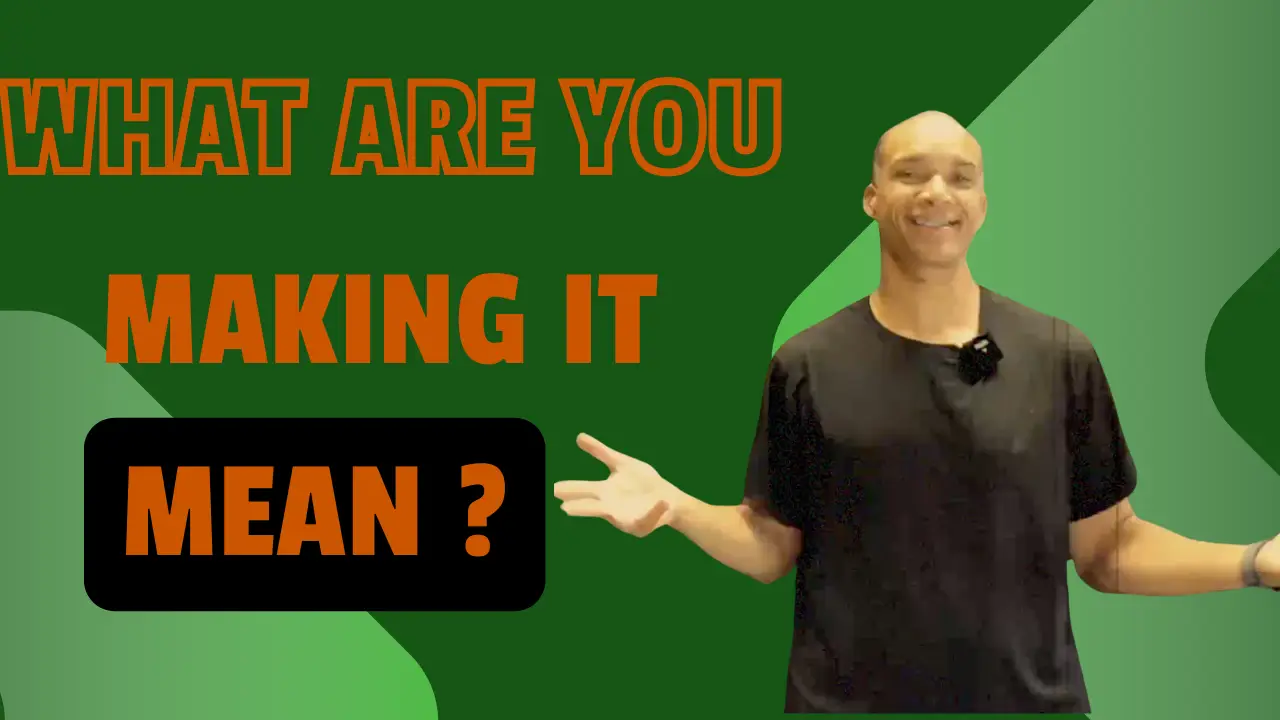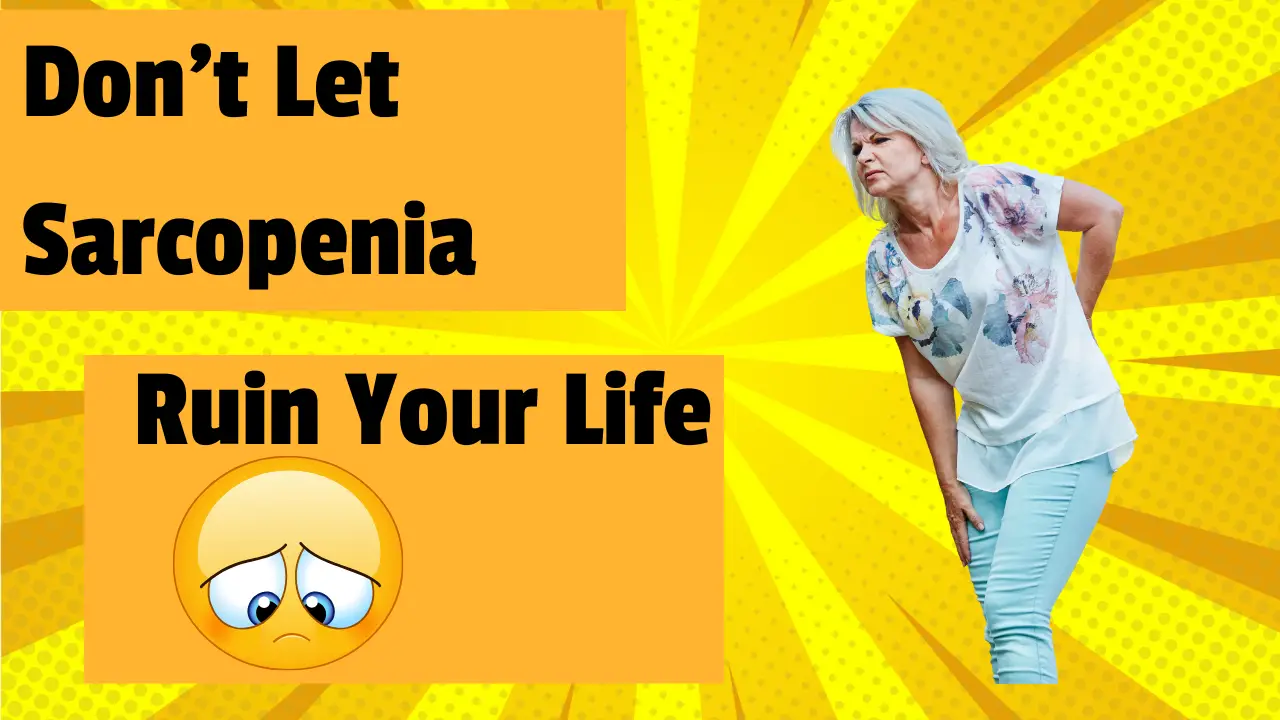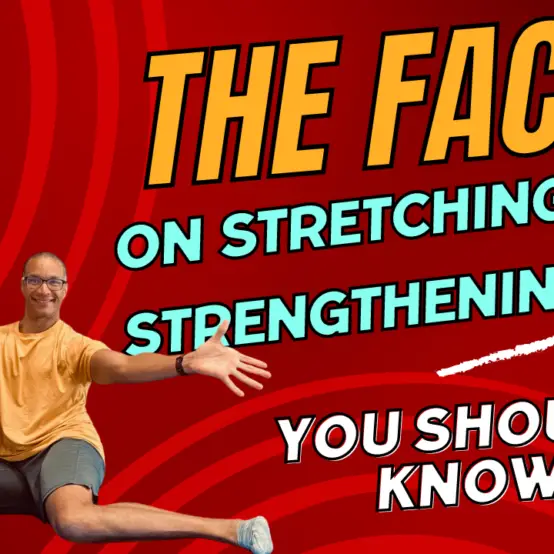
🌟 Unlock Your Full Potential: The Secret Link Between Stretching and Strength! 🌟
Stretching is often seen as a warmup, cooldown, or just something you do when your muscles feel tight. But what if stretching and strength weren’t opposites—but partners? When done correctly, stretching not only improves mobility—it builds strength by enhancing posture, neuromuscular control, and the structural integrity of your body. Let’s dive into how this works



